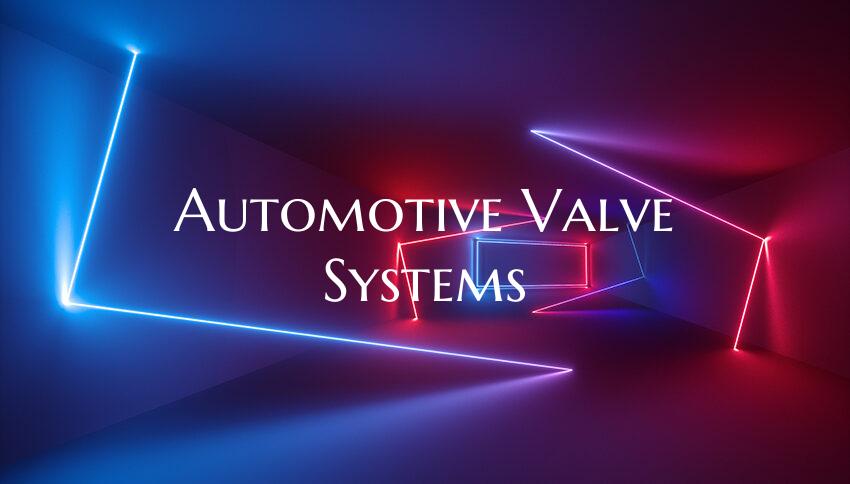Automotive Valve Systems
Automotive Valve Systems are crucial components in the operation of internal combustion engines, controlling the flow of air and fuel into the combustion chamber and the expulsion of exhaust gases. These systems play a significant role in the performance and efficiency of an engine.
There are two main types of automotive valve systems: the intake valve system and the exhaust valve system. The intake valve system is responsible for allowing the air-fuel mixture to enter the combustion chamber, where it is ignited to produce power. The exhaust valve system, on the other hand, is in charge of releasing the combustion gases out of the chamber once the fuel has been burned.
Valve systems in modern vehicles are typically operated by the engine's camshaft through a system of cam lobes, lifters, pushrods, and rocker arms. Some engines have overhead camshafts that directly actuate the valves, while others have camshafts located in the engine block that operate the valves through pushrods and rocker arms.
Proper maintenance of automotive valve systems is essential for the engine to operate efficiently. Over time, valves can wear out, causing them to not seat properly and leading to loss of compression and performance. Regular inspection and adjustment of valve clearances, as well as replacing worn-out valves or valve seats, are part of routine maintenance tasks to ensure optimal engine performance.
In conclusion, automotive valve systems are critical components that contribute to the efficiency and performance of internal combustion engines. Understanding how these systems work and the importance of proper maintenance can help prolong the life of the engine and ensure smooth operation of the vehicle.

